I’m sure many of you are familiar with the opening to Beethoven’s Fifth Symphony. It starts with “Dah-Dah-Dah-Duh.” Listen here.
Today, some people refer to Beethoven’s masterpiece as the “Victory Symphony.” Oh, and for some of you familiar with the movie, The Longest Day, you’ll recognize it as one of the back ground themes to this well-done account of D-Day ⏤ 6 June 1944. Watch the opening scene here.
During World War II, the BBC came up with the idea of opening its nightly broadcast to the occupied countries with the “Dah-Dah-Dah-Duh.” Was it coincidental that the four-sound phrase was Morse code (“dot-dot-dot-dash”) for the letter “V” which the British equated to Victory and Churchill’s famous hand signal? Was it coincidental that “V” is the Roman numeral for five or the fifth (as in symphony)? One thing I know is that it wasn’t coincidental that this striking sound alerted the French Resistance to pay close attention to that evening’s messages.
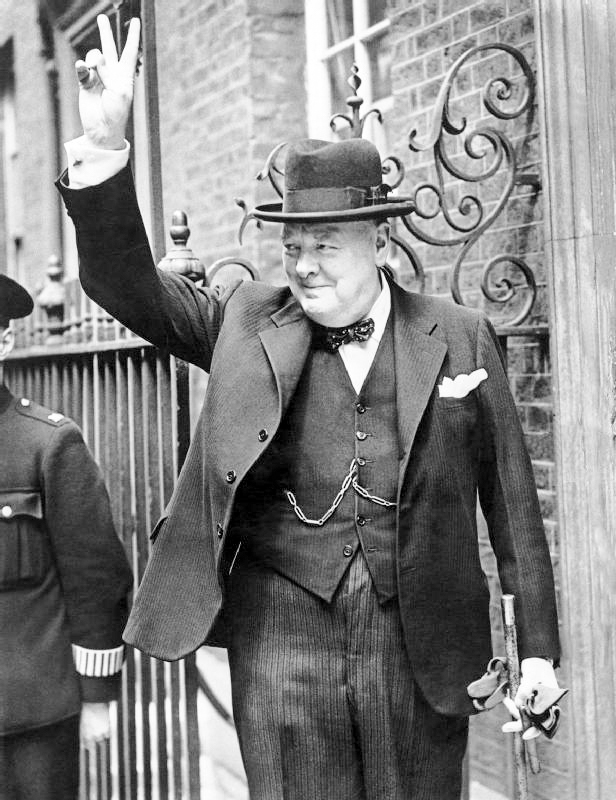
Did You Know?
Did you know that before Christian Dior (1905-1957) founded his world renown fashion house in 1946, he designed clothes for the wives, daughters, and mistresses of Nazi officers stationed in Paris? At the same time, his sister, Catherine, worked for the French Resistance. She was arrested in June 1944 and deported to KZ Ravensbrück concentration camp and several sub-camps of KZ Buchenwald where she survived the war. However, Christian and Catherine’s niece, François Dior (daughter of Raymond Dior, a radical Communist), married the neo-Nazi, Holocaust denier, Colin Jordan in 1963. After the wedding ceremony, the couple gave the Nazi salute and mingled their blood over a copy of Mein Kampf, the book written by Hitler in the 1920s. François funded the creation of the French chapter of the World Union of National Socialists (a neo-Nazi organization) and supported former Waffen SS officers during the 1960s. Watch the wedding newsreel here.
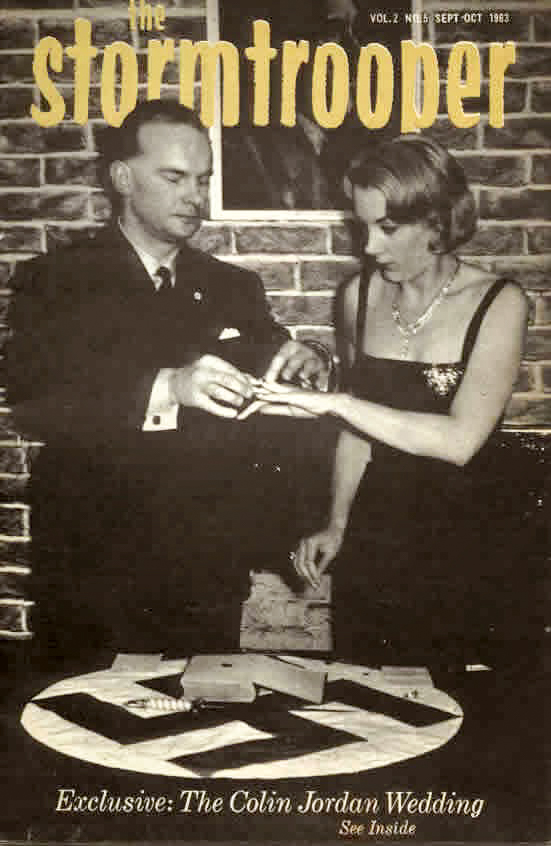
Back to Christian Dior ⏤ his first post-war fashion featured dresses that were voluptuous and curvaceous with boned, busty bodices, tiny waists, and long, sweeping skirts. Some women complained the dresses covered up their legs. Dior called this collection the Corolle or, circlet of flower petals. Coco Chanel called it crap. She said, “Only a man who never was intimate with a woman could design something that uncomfortable.” Christian Dior had the last laugh. Women flocked to buy his “new” fashions. Dior had bet wisely that women in the post-war wanted something new that would make them forget the drab years of the German Occupation. Ironically, Coco Chanel was run out of town as a highly visible Nazi collaborator (and possible spy – read the blog Coco Chanel Nazi Collaborator or Spy? here).
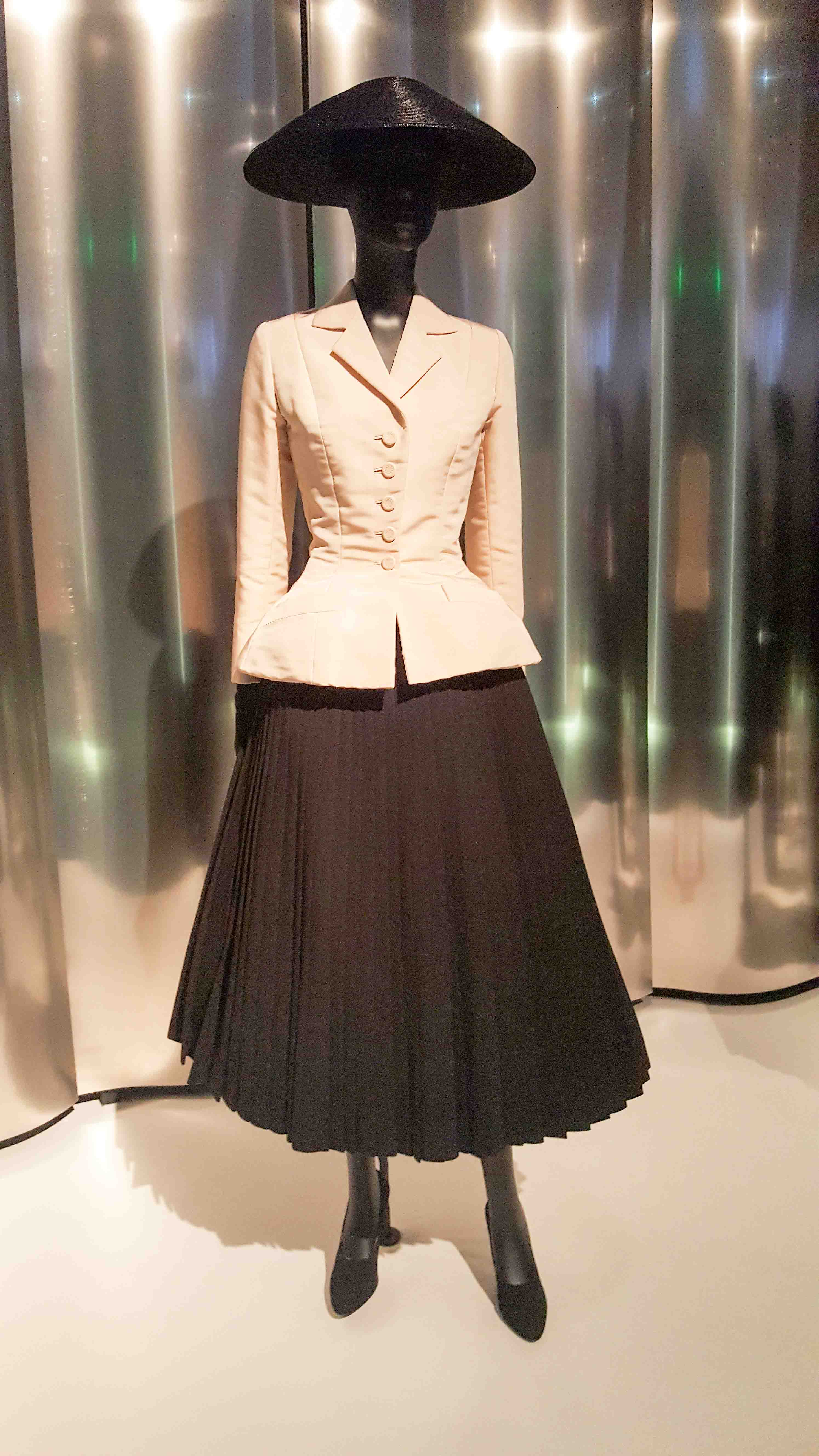
Competing Radio Stations
The British, the Germans, and occupied France’s Vichy government competed every night for the attention of the French people. In the British corner was the British Broadcasting Corporation (BBC) while in France, the Nazis directly controlled Radio-Paris (116, avenue des Champs-Élysées) and Vichy broadcast over Radio Vichy from the Unoccupied Zone. The primary purpose of the BBC broadcasts was to lift the spirits of French citizens and provide information concerning the Allied war progress. With time, sophisticated messages to the French Resistance were included in the evening broadcasts. The programs emanating from Paris were intended to promote Nazi propaganda while Vichy primarily used their radio station for political purposes such as framing its collaboration with the Nazis in a positive way, denouncing Charles de Gaulle and the Free French as traitors, positioning the British as the enemy of France, and justifying the government’s new anti-Semitic laws.
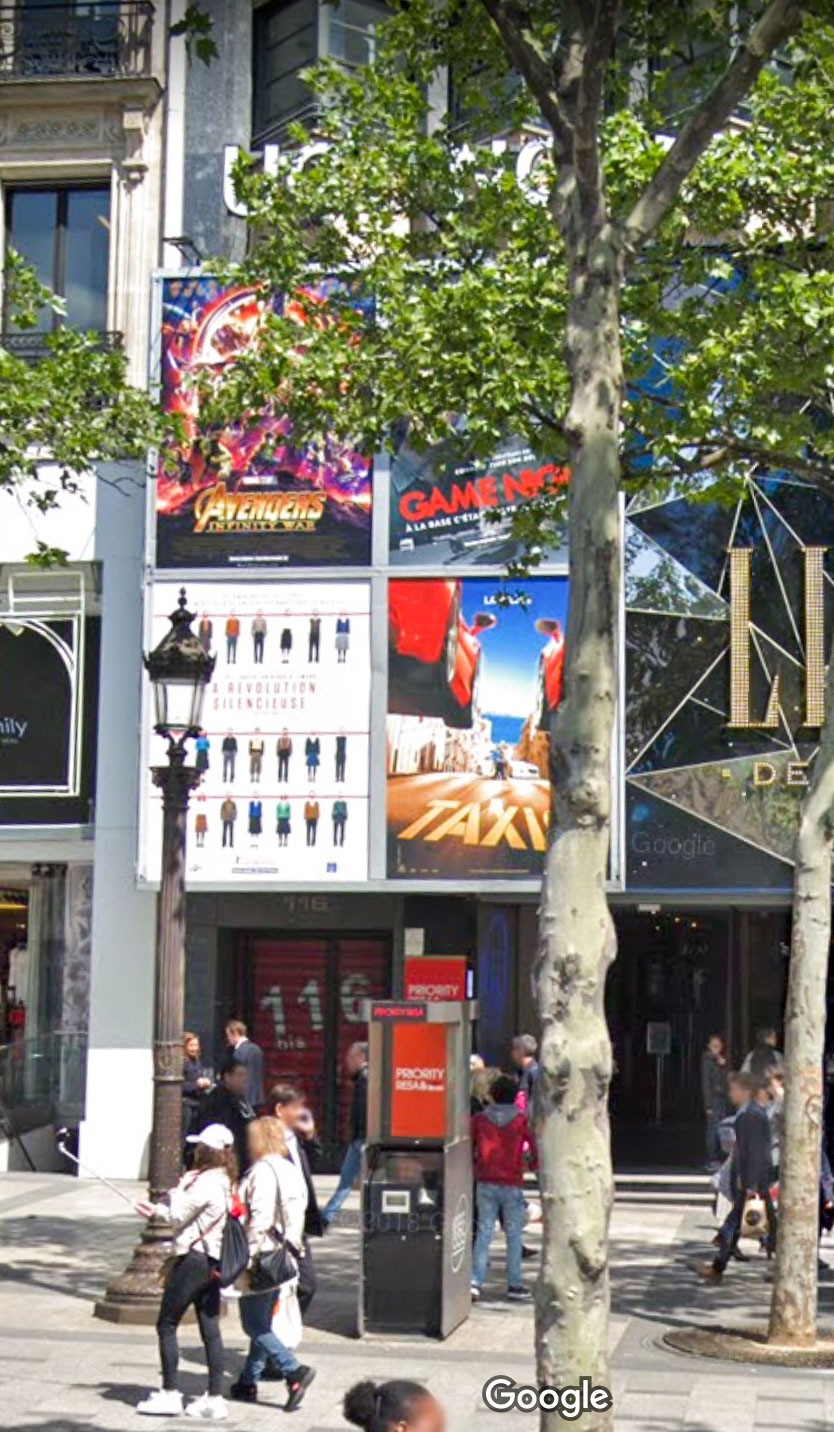
Radio-Londres
Radio-Londres or, Radio London was one of the British Broadcasting Corporation’s (BBC) attempts to broadcast to the occupied countries; in this case, it was the BBC French Service and its flagship program, Les Français parlent aux Français or, “The French Speak to the French.” It was important to build the trust and friendship within France for the English so, it was critical to not only have native French correspondents, but to convey French thoughts and ideals. The daily news bulletins were augmented by short and specialized programs such as Ici la France (“This is France”) anchored by Michel Saint-Denis (pseudonym: Jacques Duchesne). Listen to a broadcast here.
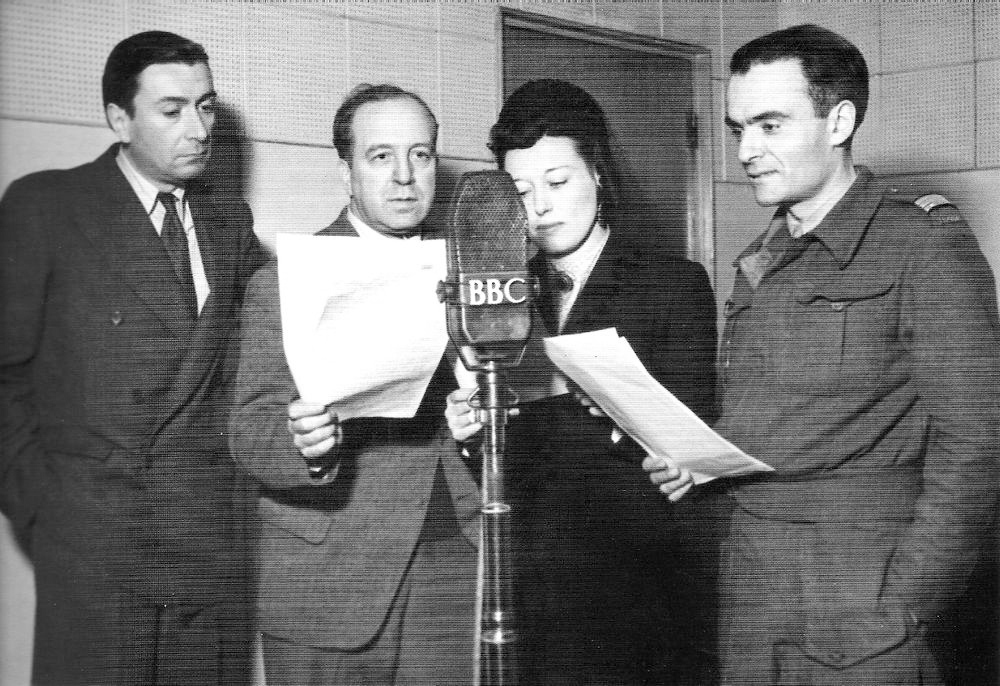
Broadcast at 8:30 PM every evening, the BBC became part of the lives of most French citizens despite the Nazi ban against listening and if caught, severe punishment.
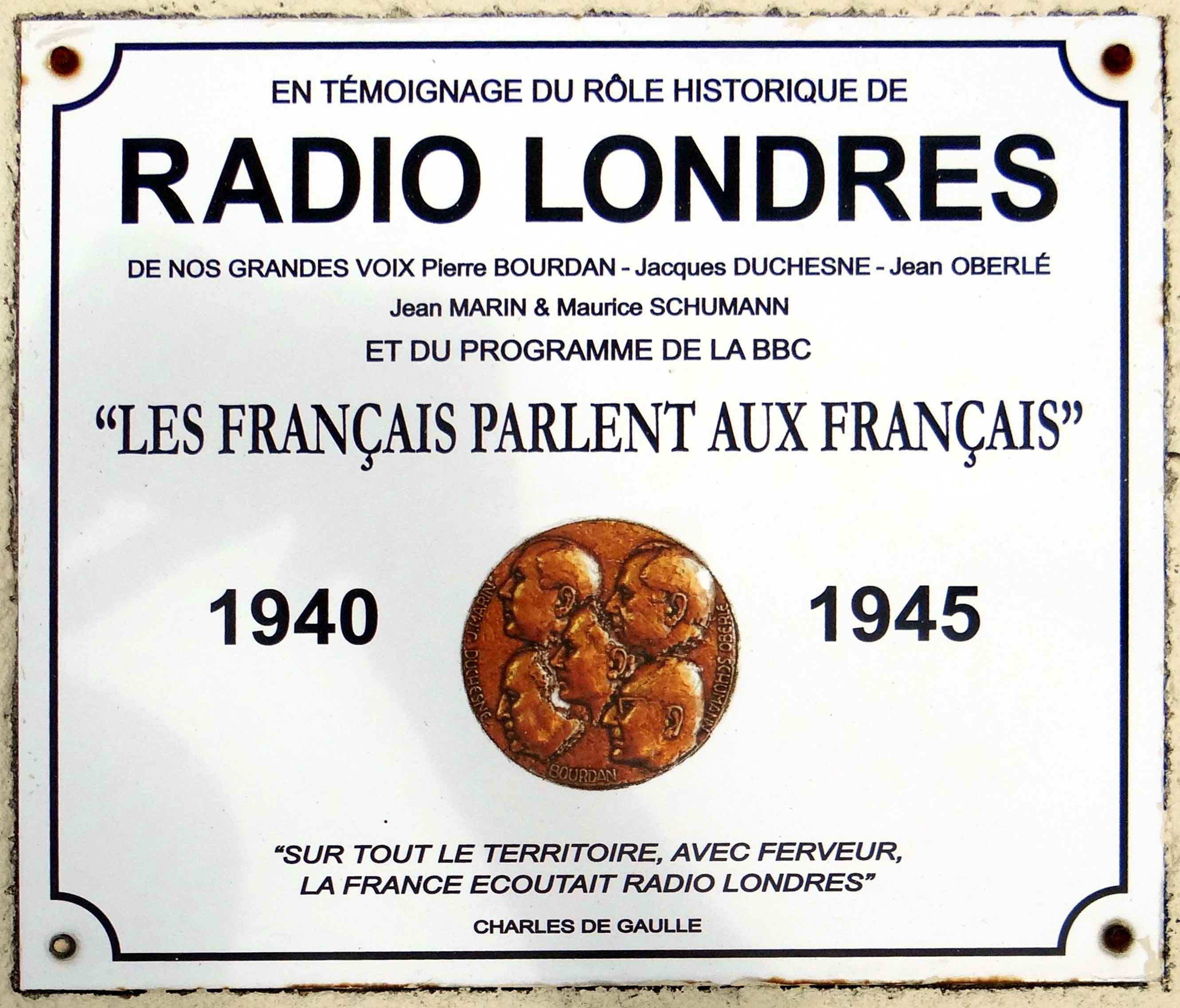
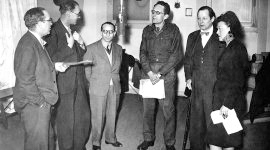
Radio-Paris and Radio Vichy
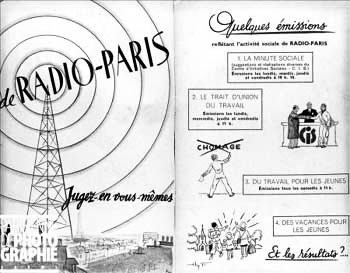
Immediately after marching into Paris on 14 June 1940, the Germans took over France’s national radio station, Radio-Paris. Several weeks later, the Vichy government began broadcasting from the Unoccupied Zone over a second bandwidth known as Radio Vichy. The common goal of each station was to spread Nazi and Vichy propaganda. Eventually, a bitter competition started between the BBC broadcasts and those emanating from occupied France. The BBC came up with slogans such as “Radio Paris lies, Radio Paris lies, Radio Paris is German.” The French already knew this. However, during the early years of occupation, the majority of French citizens believed strongly in the broadcast messages of the Vichy president, Marshal Pétain. By 1942, two high-profile and talented French right-wing speakers were broadcasting on Radio Vichy: Paul Creyssel (1895-1975) and Philippe Henriot (1889-1944). Creyssel was Vichy’s director of propaganda while Henriot was nicknamed the “French Goebbels.” Broadcasting twice a day, they attacked the resistance movement and anyone soft on Communism or Nazi collaboration. However, they aimed their war of words towards the BBC with anti-British attacks. While Radio Londres was trying to convince the French to trust the British, Creyssel and Henriot did everything in their power to show the British had betrayed France, murdered Frenchmen (e.g., the British attacks at Mers-el-Kébir and Dakar), and that Britain’s ulterior motive was to take over French colonies.
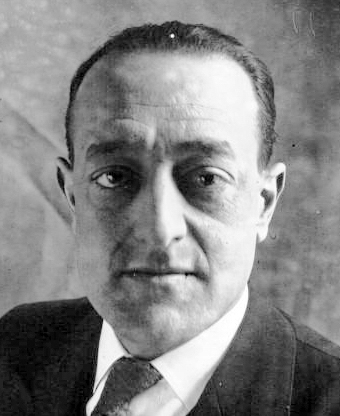
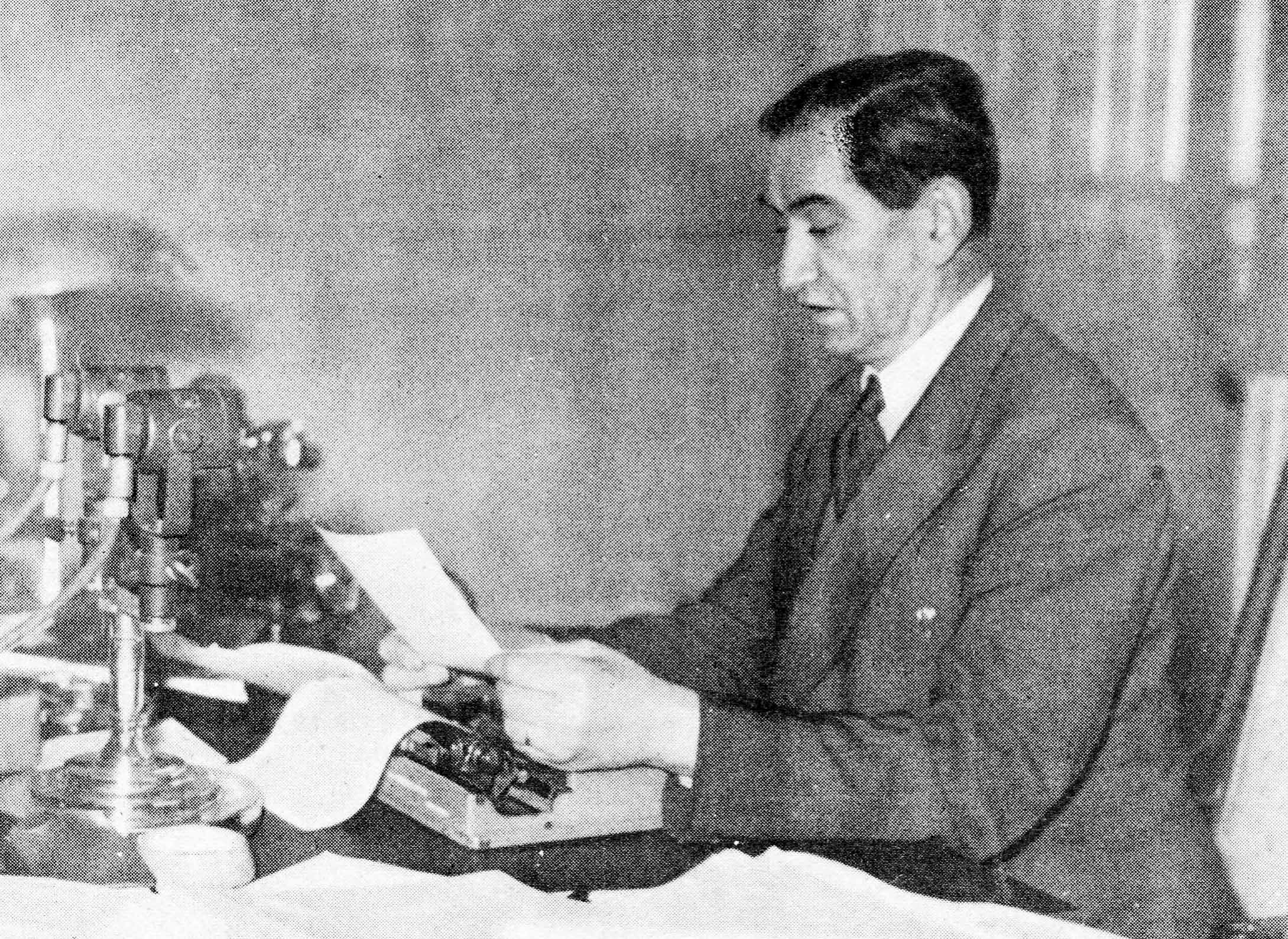
Preparations For Invasion (D-Day)
Georges Bégué, an agent in the British Special Operations Executive (SOE), came up with the idea of sending obscure personal messages over the BBC to the French Resistance. Clandestine radio transmissions emanating from France were risky and using the BBC would reduce those risks. Soon after, BBC broadcasts started with “Before we begin, please listen to some personal messages.” The messages were in code so without a codebook, the Nazis were not able to decipher them. The coded messages were often amusing, without context, and gibberish; however, certain ones had meaning to specific resistance networks and individuals. The codes were carried by SOE agents who were dropped into France and personally delivered to the intended résistant or réseau (resistance network).
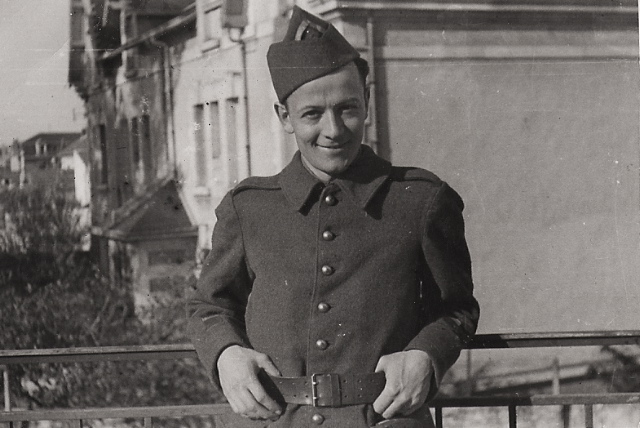
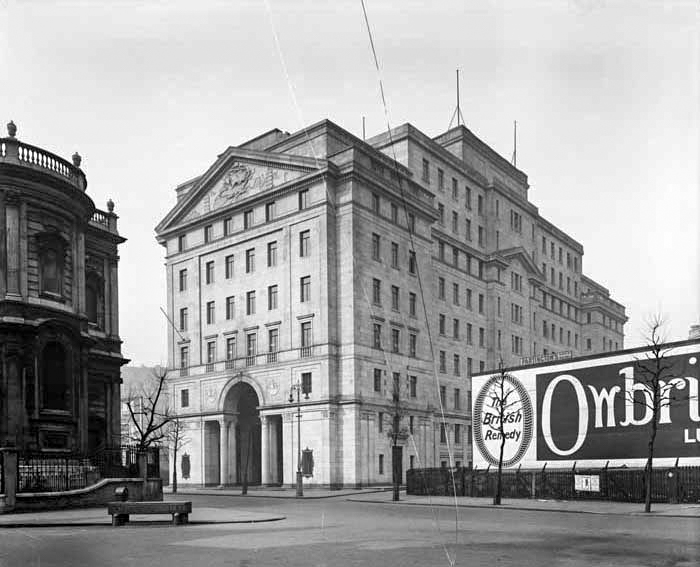
As the war progressed through 1943, the Allies knew the cross-channel invasion would likely come in 1944. So, towards the end of the year, General Eisenhower and his staff began to see the French Resistance as a vital fighting force which could assist the Allies with the invasion, especially on a pre-invasion basis. As June 1944 approached, Radio Londres began broadcasting more and more messages. In preparation for the landings, resistance networks were given specific assignments to carry out before the actual landings took place. Each assignment was given a coded message. For example, the Ventriloquist network working south of Orléans was to destroy certain railway tracks. Beginning 1 June 1944 and for the next three nights, Radio Londres broadcast these three lines:
Les sanglots longs The long sobs
Des violons violins
De l’automne of autumn
Listen to a broadcast here.
This message signaled Ventriloquist and the other networks to get ready to begin their specific sabotage assignments. Approximately 160 “personal” messages followed, each directed to those responsible for destroying phone and power lines (Plans Violet and Blue), sabotaging roads and railways (Plans Vert and Tortue), attacking German ammunition dumps and fuel depots (Plans Rouge and Noir) as well as directly attacking German command posts (Plan Jaune).
On 5 June, the important message was:
Blessent mon cœur Wound my heart
D’une langueur Monotone with a monotonous languor
Listen to a broadcast from June 1944 here.
This was code for the networks to immediately carry out their assignments. Everyone knew then that the invasion would take place within forty-eight hours.
The rest is history and on 25 August 1944, Paris was liberated.
Liberation
On 18 August 1944, Nazi-controlled Radio-Paris was shut down. Two days later on 20 August, Radio-Paris broadcast the French national anthem, La Marseillaise, for the first time in four years. On 26 August, Radio Vichy ceased its operations.
This blog is being published on the 75th anniversary of D+2.
Another Did You Know?
Did you know that a C-47 troop carrier aircraft was found in a Wisconsin aviation boneyard, documented as the original lead airplane spearheading the World War II D-Day invasion, and restored to fully operational status (in other words, it flies)? The yellow message to Hitler painted on its nose is “That’s All, Brother.”
The plane led the pack of nine hundred troop aircraft the night before the early morning invasion on 6 June 1944. Crossing the channel from its base in England, the planes dropped almost 13,000 paratroopers into France behind the Normandy beachheads in preparation for the landings. The C-47 was picked as the lead aircraft (a “pathfinder”) because it had been fitted with early radar equipment which can still be seen on its fuselage.
The plane recently flew from Texas to Birmingham where it landed in commemoration of the late General John Donalson (he was a resident of Birmingham). Lt. Donalson was the pilot of the aircraft during the invasion and his granddaughters were treated to an emotional ride in the plane. Afterwards, it took off and on 18 May 2019, flew over the Statue of Liberty and went on to follow the same route to England as it did seventy-five years ago. It will once again lead an “invasion” force but this time, it will be in commemoration of the 75th anniversary of the Allied invasion. While some veterans of the invasion will be there, the number of returning men is dwindling rapidly each year and this anniversary is likely to be one of the last where we see original participants return to the annual ceremonies.
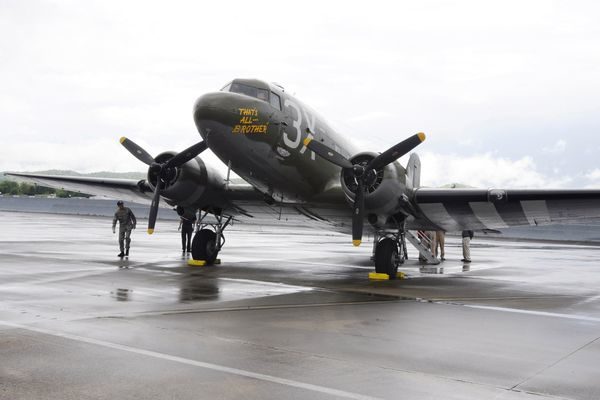
Recommended Reading and Viewing
Ryan, Cornelius. The Longest Day. New York: Simon & Schuster, 1959.
Zanuck, Darryl F. (Producer). The Longest Day. Darryl F. Zanuck Productions, 1962.
What’s New With Sandy and Stew?
My days are consumed by three things: trying to finish the Gestapo book (Where Did They Put the Gestapo Headquarters? A Walking Tour of Nazi Occupied Paris), writing our bi-weekly blogs, and creating lectures for expanding presentation venues. It’s a good thing that I enjoy multi-tasking. We will interrupt all of this in October when we fly to Egypt and sail down the Nile River. Once we’ve done that, we will have been on the two longest rivers in the world (Amazon and Nile) ⏤ I won’t get into a discussion as to which is longest. Regardless of which one I pick; I’ll offend either Brazil or Egypt. Then I’ll have to go on social media to apologize.
We’ve finalized the covers of the next three books. Click here to review. Let me know what you think.
Someone Is Commenting On Our Blogs
I’d like to thank Terry H. and Simone D. for their hospitality after we traveled to Fort Pierce, Florida several weeks ago. They are part of the Fort Pierce Historical Society and we were treated to a wonderful tour of Historical Society’s museum ⏤one of the best small museums highlighting local history. I’ve been asked to give a presentation to them next year in April and I’m looking forward to it (we’ve listed all our presentations on the home page).
I’m also excited for my friend Arthur who has sent his manuscript to the publisher and is now working through that process. Once the book is published, you can expect me to highlight the author and the book in a blog.
If there is a topic you’d like to see a blog written about, please don’t hesitate to contact me. I love hearing from you so keep those comments coming.
Why Would You Want To Buy Our “Walks Through History” Books?
Simple.
You like to travel and experience history and historical events. You like to see original buildings that had a significant impact on the people and events of the history you’re engaged with. You want to know the stories behind the brick and mortar in front of you.
The walking tour books are meticulously researched so you can go directly to those sites and learn about the building’s history as well as an introduction to some of the more interesting people associated with it.
We Need Your Help
Please tell your friends about our blog site and encourage them to visit and subscribe. Sandy and I are trying to increase our audience and we need your help through your friends and social media followers.
Thank You
Sandy and I appreciate you visiting with us. We have some exciting things on the horizon and we’ll keep you updated as we go along.
Share This:
Follow Stew:
Find Stew’s books on Amazon and iBooks.
Please note that we do not and will not take compensation from individuals or companies mentioned or promoted in the blogs.
Copyright ©2019 Stew Ross


